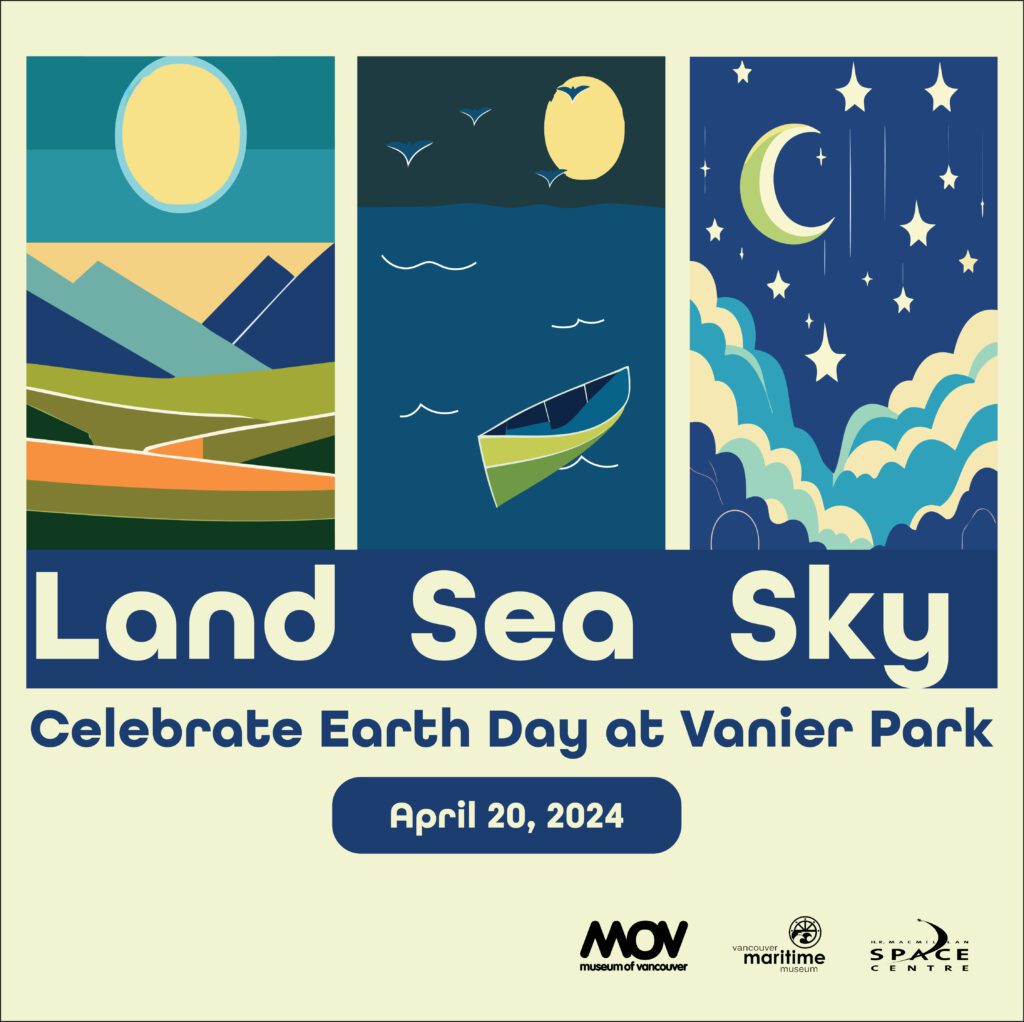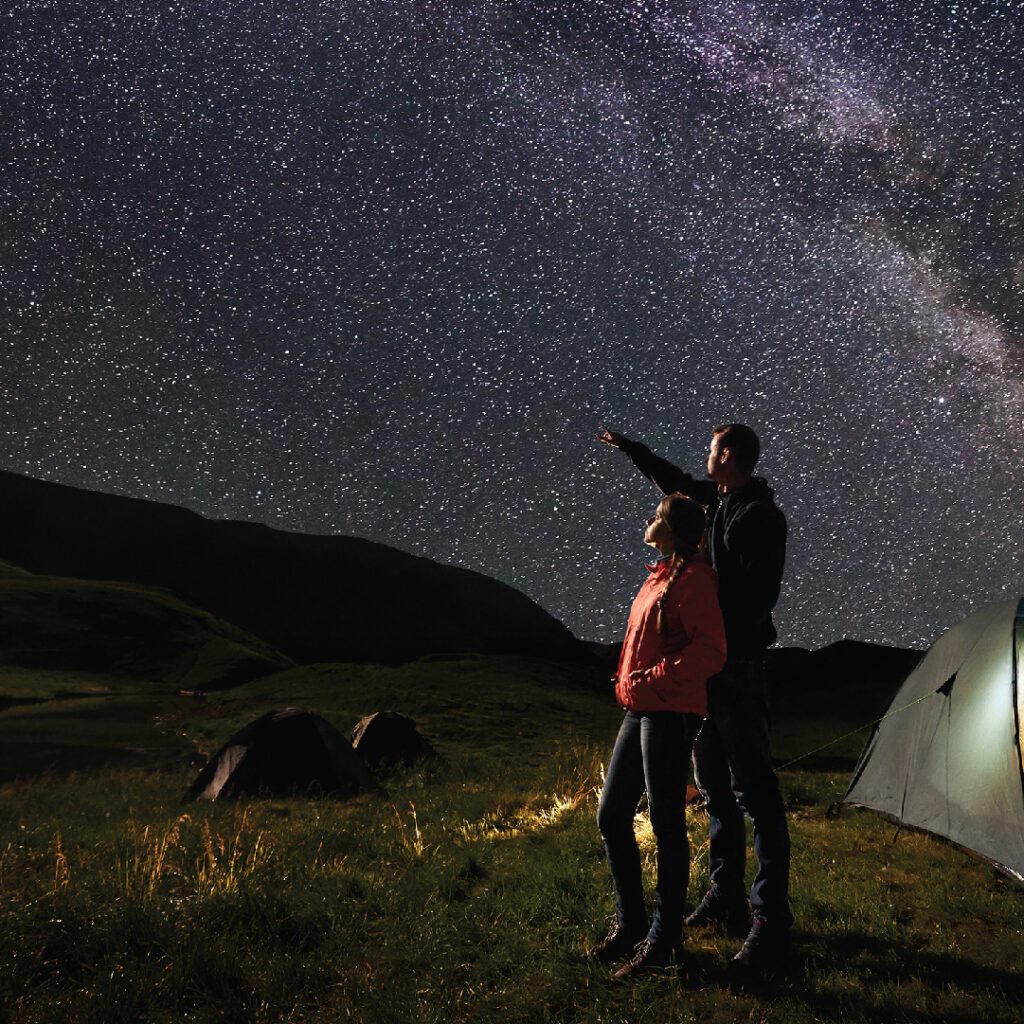Upcoming Events
We welcome all members of the community to come together and experience inspiring events that bridge science, arts, and culture. We’ve got incredible events for kids and adults interested in astronomy in Vancouver.

Land, Sea & Sky - Earth Day
Join us in celebrating Earth Day at the Museum of Vancouver (MOV), Vancouver Maritime Museum (VMM), and H.R. MacMillan Space Centre!
Representing Land, Sea, & Sky, the Vanier Park attractions will combine various activities and crafts for everyone to enjoy on April 20th.
Admission to the MOV & VMM will be free by donation, with the Space Centre charging regular admission fees, but will feature free Earth Day crafts and a presentation as part of this special day.


April 21st
Building with Bits Workshops
Come and tinker with inventions that demonstrate how we can use energy from the Sun to power technology! Build an energy meter, satellite dish, cooling fan and more!
Workshops have limited capacity so don’t miss out. Kids must be accompanied by an adult.
Workshops recommended for ages 7-15.
Workshops running at 10:30am, 12:30pm and 2:30pm. Registration available at the door. Cost to attend $6.50.


April 23, 10:30am
The Great Space Telescopes - Home Learners Webinar
Join us and learn all about the Hubble Space Telescope, Spitzer Space Telescope, Compton Gamma Ray Observatory and Chandra X-ray Observatory.
During this 60-minute live Zoom webinar participants will have the opportunity to interact and ask questions.
The webinar is designed for 7-11 year olds.


May 2, 4:30pm
Ask an Astronomer Live Stream
Join us for the next installment of our "Ask an Astronomer" live stream series on YouTube.
During this live stream we will be exploring the science from the science fiction film Dune. There will also be time to answer your questions. Join in the chat on the live stream and ask away!


May 4, 6:30pm
May the Fourth Be With You - Family Night
Come dressed as your favourite Rebel or Empire character. Travel to galaxies far, far away during a galactic show in the planetarium. Renowned musician Thomas Beckman will be on the viola playing some of the classic intergalactic songs from the film and TV franchise.
**This is a family friendly event and is recommended for ages 8+**
Stay in Our Orbit
Sign up for our email newsletter and be the first to know about exciting upcoming events, space news, and offers.

